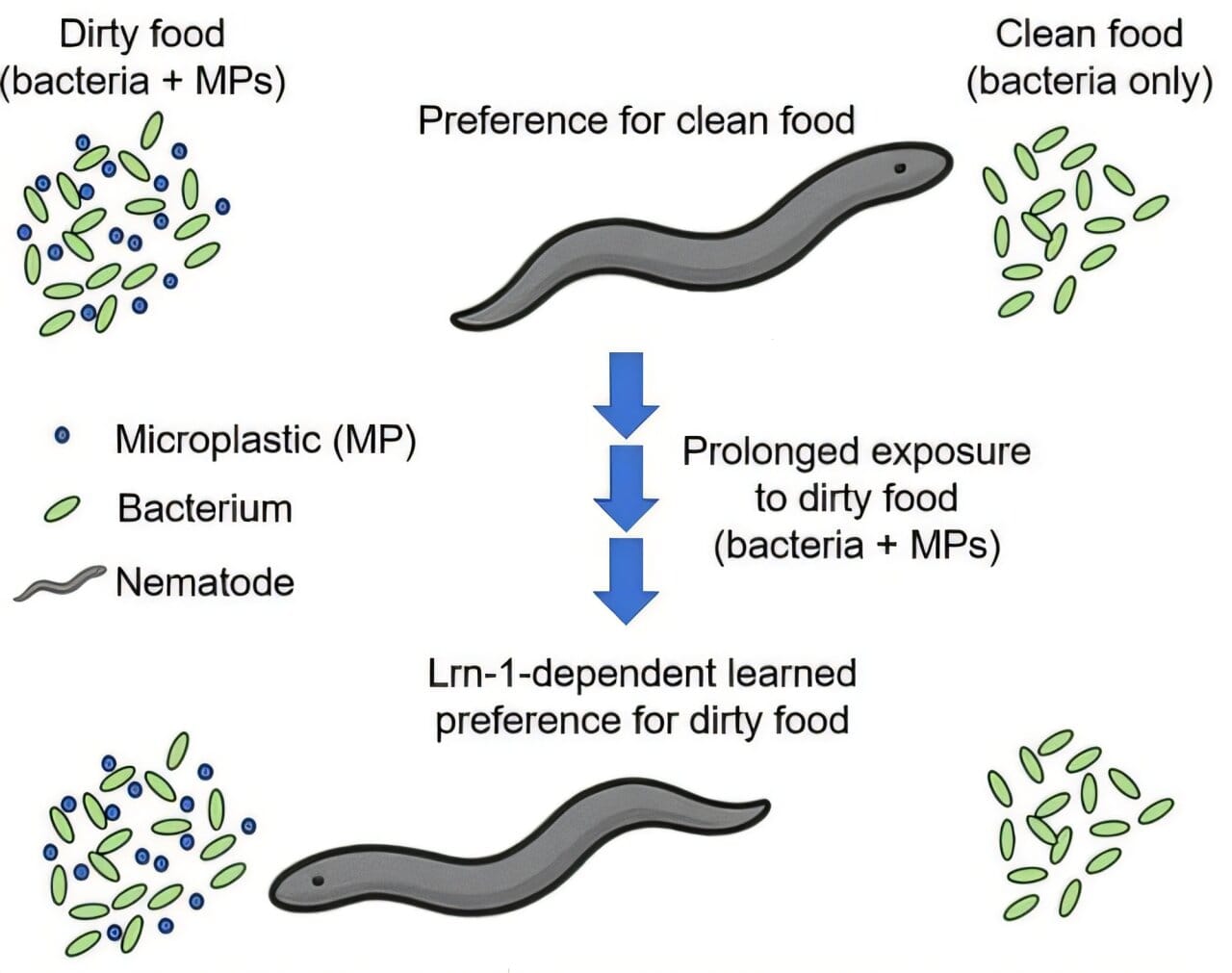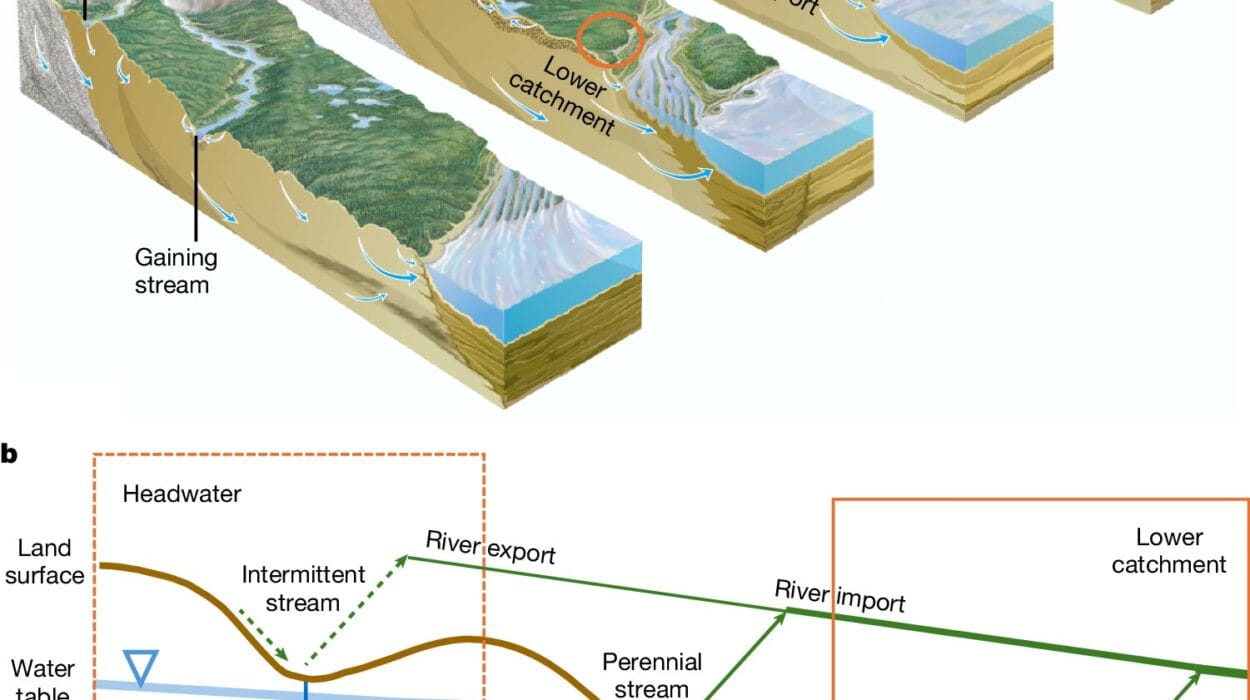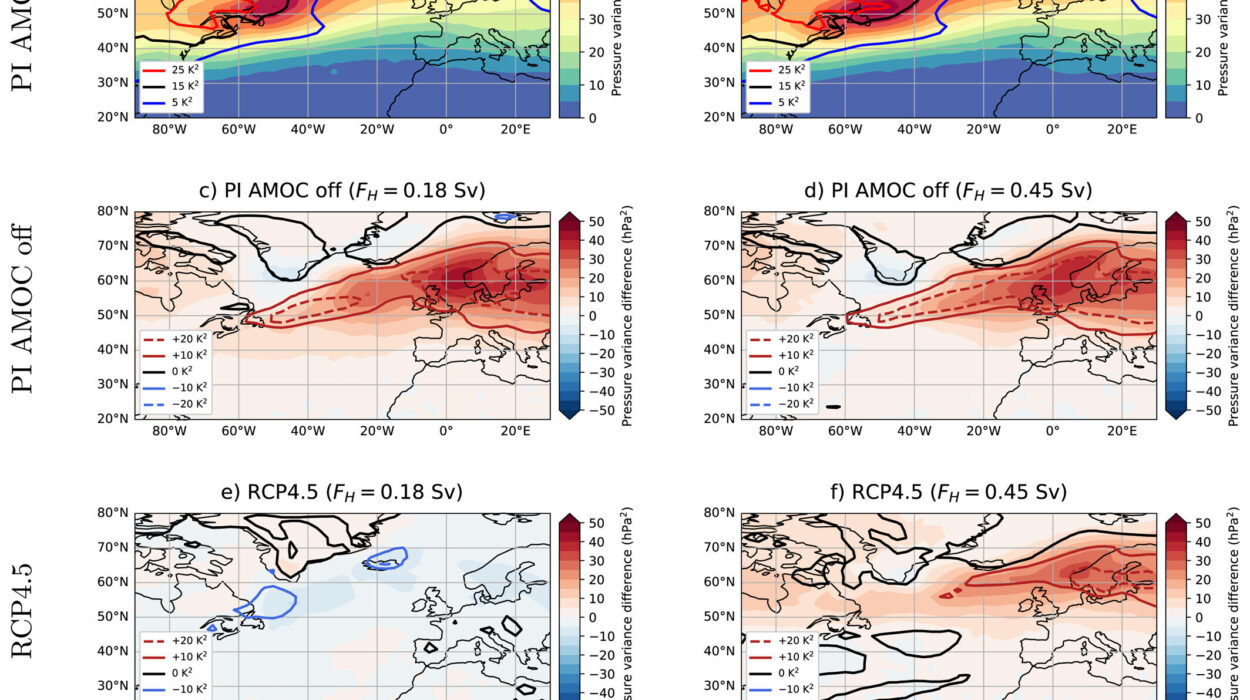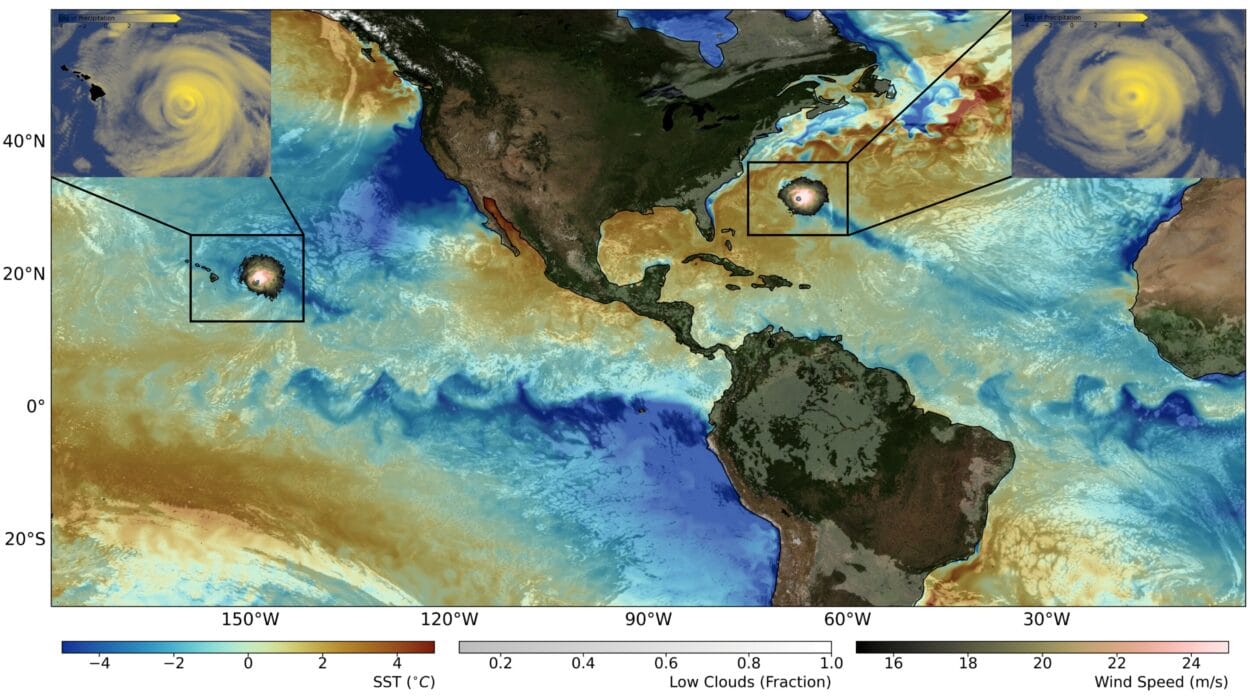In the dim, microscopic world of soil and shadow, where life exists on the edge of visibility, ancient instincts still guide every twitch and turn. A nematode—a worm barely a millimeter long—sniffs its surroundings, guided by chemical trails invisible to us but vibrant in its tiny reality. Normally, it would search for clean, nourishing bacteria, steering away from the scent of decay or contamination. But in a world increasingly saturated with human pollutants, even these ancient instincts are beginning to change.
At the Hong Kong Polytechnic University, scientists have unearthed something both remarkable and unsettling: multigenerational exposure to microplastic-contaminated food doesn’t just damage organisms physically—it can alter the very way they behave. Tiny predatory worms, once naturally repelled by the scent of pollution, begin to crave it. What was once rejected becomes preferred. Pollution, through learned association, turns into an illusion of nourishment.
This startling transformation isn’t merely a tale of worms—it is a whisper from the earth about the invisible chemical evolution reshaping our ecosystems.
The Unseen Evolution in a Plastic World
Every animal must decide what to eat. It’s a simple-sounding task wrapped in a symphony of complex signals: taste, texture, odor, memory. The ability to avoid harmful substances is a survival trait honed over millions of years. Evolutionary biology has gifted animals—from humans to humble worms—with mechanisms to distinguish sustenance from danger. But what happens when danger disguises itself as food?
In today’s world, synthetic pollutants—especially microplastics—are no longer rare. They permeate water, soil, and air, infesting even the most remote and supposedly untouched environments. These particles, smaller than the eye can see, come from broken plastic waste, synthetic clothing, personal care products, and industrial processes. They drift through ecosystems like invisible ghosts, settling in the food chain at every level.
Because of their size and shape, microplastics are often mistaken for natural food sources by tiny organisms. Filter feeders mistake them for plankton. Soil organisms, like nematodes, confuse them with bacteria or fungal spores. But unlike natural food, microplastics contain no nutrition—and worse, they can absorb and carry toxic chemicals, turning them into Trojan horses of pollution.
The concern has always been about ingestion: how much plastic gets eaten, where it goes, and what it damages. But now, this new study reveals something more disturbing. Microplastics may not only be consumed—they may teach organisms to seek them out.
Worms with Memory: A Scientific Revelation
In a groundbreaking study published in Environmental Science & Technology Letters, researchers set out to answer a question few had dared ask: Can repeated exposure to microplastic-laced food actually change a predator’s preference?
Using the humble but well-studied nematode Caenorhabditis elegans as a model predator, scientists designed a series of behavioral experiments. This tiny worm, equipped with a finely tuned olfactory system, was ideal for the task. It senses its environment with an array of chemical receptors and makes foraging decisions based on what it smells.
At the start of the experiment, nematodes were placed in an environment where they had a choice between two food patches—one with pure bacteria and the other mixed with polystyrene microplastics. As expected, the worms preferred clean food. Their evolutionary wiring told them to avoid contamination. But something began to shift when the worms were fed only contaminated food over successive generations.
By the third generation, a dramatic behavioral change emerged. The worms raised on microplastic-laced bacteria no longer showed a preference for clean food. In fact, they migrated toward the contaminated patches as if they were more appealing. It wasn’t damage or confusion—it was learned behavior. The plastic-laced food had become familiar, associated with survival. The scent of contamination had become the scent of comfort.
The Brain Beneath the Skin: How Worms Learn to Love Pollution
What was happening inside these tiny animals? How could a worm’s brain—the size of a pinprick—rewire itself so dramatically in response to exposure?
The researchers looked deeper, testing mutant strains of nematodes. One mutant, lacking the gene odr-10, had no functional olfactory receptor for certain food-related smells. These worms showed no preference between clean and contaminated food. This suggested that the ability to detect microplastic-associated odors depended on olfactory input—specifically through the odr-10 pathway.
But smell alone wasn’t enough. A second group of mutants, deficient in a gene called lrn-1, couldn’t perform associative learning. These worms could smell the difference between food types but didn’t change their preferences over time. Even after generations of exposure to microplastic-laced food, they continued to avoid it.
Together, these results painted a compelling picture. The nematodes weren’t just tolerating pollution—they were being trained by it. Their sensory systems, when paired with functional learning genes, were capable of forming new associations based on experience. Plastic, though not innately appealing, had become mentally rebranded as “safe” food.
In both agar plates and more realistic soil microcosms, the story repeated itself. Worms trained on contaminated environments consistently chose what their ancestors had consumed, even when offered a better alternative. Their behavior was not innate anymore—it was inherited memory shaped by environmental exposure.
When Evolution Favors the Unnatural
There’s something heartbreaking about watching nature adjust to what should be uninhabitable. In a pristine world, evolution favors those who avoid danger and seek nutrients. But in a world where contamination is unavoidable, survival may depend on accepting the poison and pretending it’s food.
What happens when learned behavior contradicts genetic instinct? When multigenerational exposure to pollutants causes animals to forget what safe food smells like?
The scientists behind the study raise chilling concerns. These behavioral shifts could restructure entire ecosystems. If predators start preferring contaminated prey, food webs could be upended. Trophic interactions—those intricate feeding relationships that determine who eats whom—might shift in unpredictable ways. Populations of certain prey could explode or crash. Nutrient flow could be redirected. Species that once coexisted in balance might find themselves in conflict.
It’s not just a worm’s problem. From fish in polluted rivers to birds feeding plastic to their chicks, the implications reach far beyond the microscopic. If behavior at the base of the food chain is altered by pollution, everything above it will feel the tremor.
Memory, Pollution, and the Fragile Future of Life
What this study from Hong Kong Polytechnic University ultimately reveals is not just a strange anomaly in worm behavior. It reveals a truth about how life adapts—and what it might cost.
We often imagine pollution as a physical burden: trash clogging oceans, chemicals in water, soot in air. But what if its most insidious effect is psychological? What if pollution can teach animals to accept what harms them, to crave what once repelled them?
In C. elegans, we see this transformation unfold in real time. Through the cold machinery of sensory neurons and gene expression, the worms are not simply poisoned—they are persuaded. Their preferences, shaped by exposure and passed through generations, become a mirror of our own neglect.
These tiny creatures cannot protest. They cannot refuse the only food offered. But they carry a message for us—quiet, molecular, and profound. A warning that when the unnatural becomes familiar, survival itself may begin to betray nature.
A Call from the Soil
It’s easy to ignore a worm. But in doing so, we may be missing the first clear signals of a deeper unraveling. The soil is speaking. The food chain is shifting. And at its foundation, microplastics are not just altering digestion—they’re reshaping memory, preference, and instinct.
What happens at the smallest level of life echoes upward. If pollution can change how a worm chooses its food, it can change how ecosystems behave. And if ecosystems change, so does the planet’s capacity to sustain life.
There is time to respond—but not much. Science has given us a glimpse into an invisible evolution, unfolding beneath our feet. It’s up to us to listen, to act, and to decide whether future generations—human and nonhuman alike—will inherit a world where poison feels like home.
Reference: Amber Huizi Yang et al, Microplastics Alter Predator Preferences of Prey through Associative Learning, Environmental Science & Technology Letters (2025). DOI: 10.1021/acs.estlett.5c00492






